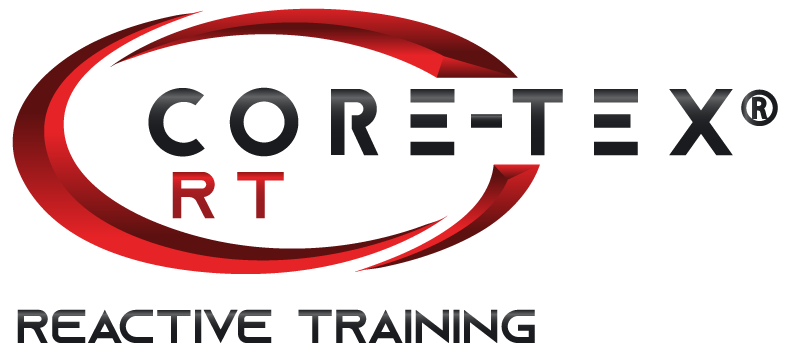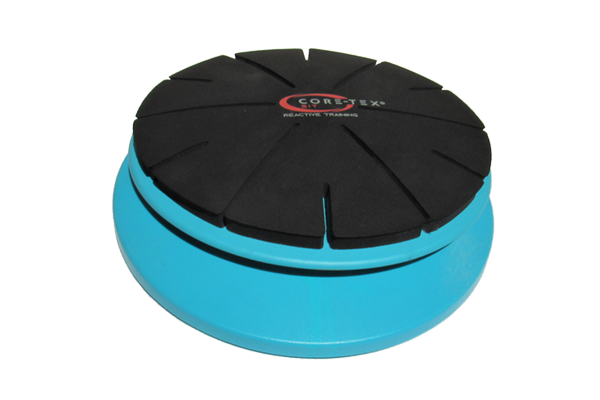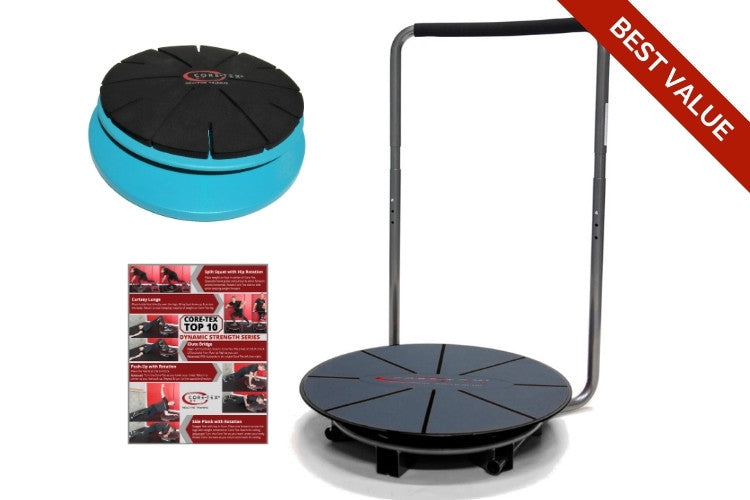Ankle sprains represent one of the largest, if not the largest occurring injury in collegiate sports. Ligament sprains of the ankle also effect all demographics with poor rehabilitation of the initial injury being a leading risk factor for recurring sprains.
Loss of dorsi flexion due to sub-optimal articulation of the ankle mortise frequently occurs following ankle sprains. Additionally, research has shown the significance of hip strength in preventing ankle sprains.
Watch how the motion of Core-Tex and the smoothness of the motion allows for a very unique way of addressing both dorsi flexion AND hip involvement at the same time.
This is a great way to get your hands off your patient or athlete and let them work independently combining range of motion and neuromuscular control. A win win!














Leave a comment (all fields required)